Tesla Inc. is headed for its highest-profile trial yet over a crash blamed on Autopilot, the driver-assistance system Elon Musk has billed as crucial to his pursuit of self-driving cars.
The electric-vehicle maker prevailed in two previous trials in California after juries found the accidents, one fatal and one not, were due to driver error rather than the company’s technology. Each of the trials — and more that are scheduled in coming months in California and Florida — clash with Musk’s mantra that Teslas are the safest cars ever made.
The trial set to to kick off this week in state court in San Jose centers on Walter Huang, a 38-year-old Apple Inc. engineer who was killed on the way to work when his Model X veered off the highway and slammed into a roadside barrier at about 71 miles (114 kilometers) per hour. A federal safety agency’s investigation of the accident found that Huang was probably distracted with a video game app on his phone, while also pointing to “limitations” with the Autopilot system.
What is Autopilot and why is it controversial?
Tesla’s website describes Autopilot as “an advanced driver assistance system that enhances safety and convenience behind the wheel.” The company says that Autopilot enables its vehicles to steer, accelerate and brake automatically, but that the system’s features require “active driver supervision and do not make the vehicle autonomous.”
Musk has touted fully autonomous driving for 10 years as the way of the future — and has frequently predicted his engineers were on the cusp of mastering the technology. That has triggered false advertising claims against Tesla by consumers as well as civil and criminal government investigations.
Tesla has also faced increasing regulatory scrutiny over the safety of Autopilot and the company’s more sophisticated system, Full Self-Driving, including multiple investigations into alleged defects. In December, Tesla rolled out over-the-air software updates for more than 2 million vehicles after the National Highway Traffic Safety Administration said Autopilot doesn’t do enough to guard against misuse.
What is Tesla accused of in the trial?
Huang’s widow and children claim in their lawsuit he believed his 2017 Model X “was safer than a human-operated vehicle,” but that it failed to perform as it should have. The family alleges that the Autopilot software became confused and caused the car to swerve out of its lane because it had not been trained to detect barriers in areas where one highway merges with another.
Lawyers for the Huangs are also trying to make a bigger point that Musk, as the face of Tesla, has for years aggressively promoted Autopilot to the public as better than human drivers despite its limitations. They claim the marketing of the driving-assistance features set “reasonable expectations” among consumers — even if they didn’t understand the technology — that the system would not affirmatively steer their cars into barriers or fail to deploy emergency braking.
Finally, the Huangs claim that California’s highway department is partly to blame for failing to fix the cushioned barrier that had recently sustained damage from another crash. Had it been repaired, they allege, it might have absorbed the impact of the Model X collision and saved Walter Huang’s live.
What is Tesla’s defense?
Tesla says the sole cause of the crash was Huang’s “highly extraordinary misuse of his vehicle and its Autopilot features” so that he could play a video game while driving.
The company says Huang knew that Autopilot didn’t make his Model X autonomous, but choose during morning rush hour traffic to play Sega’s Total War: Three Kingdoms. During the 19 minutes he was driving in Autopilot mode before he crashed, Huang’s hands were not detected on the steering wheel 34% of the time, including the final six seconds, Tesla has said in court filings.
Who is expected to testify at the trial?
Attorneys for both Huang’s family and Tesla are expected to call current and former Tesla engineers to the witness stand for what will likely be highly technical testimony. Musk is not slated to testify.
How is this case different from the previous trials?
Huang’s crash in Silicon Valley near where Teslas are manufactured was one of the first known fatalities with Autopilot engaged, which drew extensive media coverage, blog posts by Tesla defending its technology and a forensic investigation of the accident by the National Transportation Safety Board. There were no NTSB probes of the two California crashes that were the focus of jury trials in 2023.
Legal experts say the NTSB’s factual findings can be introduced at trial, where expert witnesses will cite them to reconstruct what happened in the accident. But the agency’s conclusions in its 96-page 2020 report — finding that Huang, Tesla and the state highway department were all to blame — can’t be shared with the jury.
Was this article valuable?
Here are more articles you may enjoy.

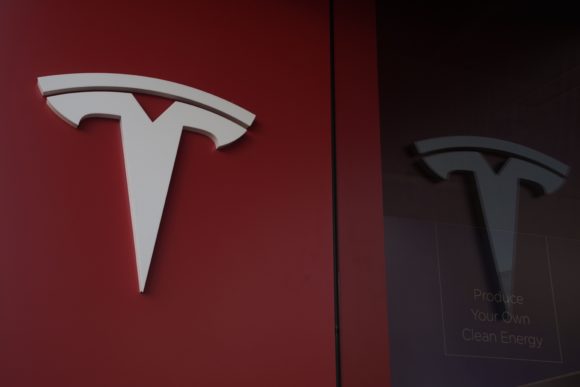
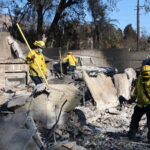 New Fire Maps Put Nearly 4M Californians in Hazardous Zones
New Fire Maps Put Nearly 4M Californians in Hazardous Zones 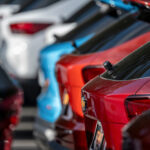 Scammers Are Pushing Auto Loan Fraud to Record Levels
Scammers Are Pushing Auto Loan Fraud to Record Levels 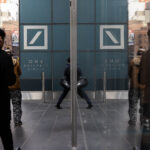 Deutsche Bank, Mudrick Sue Ambac Over $65 Million Transfer
Deutsche Bank, Mudrick Sue Ambac Over $65 Million Transfer 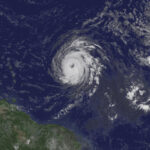 An Unusually Active Hurricane Season Is in Store for the Atlantic
An Unusually Active Hurricane Season Is in Store for the Atlantic 